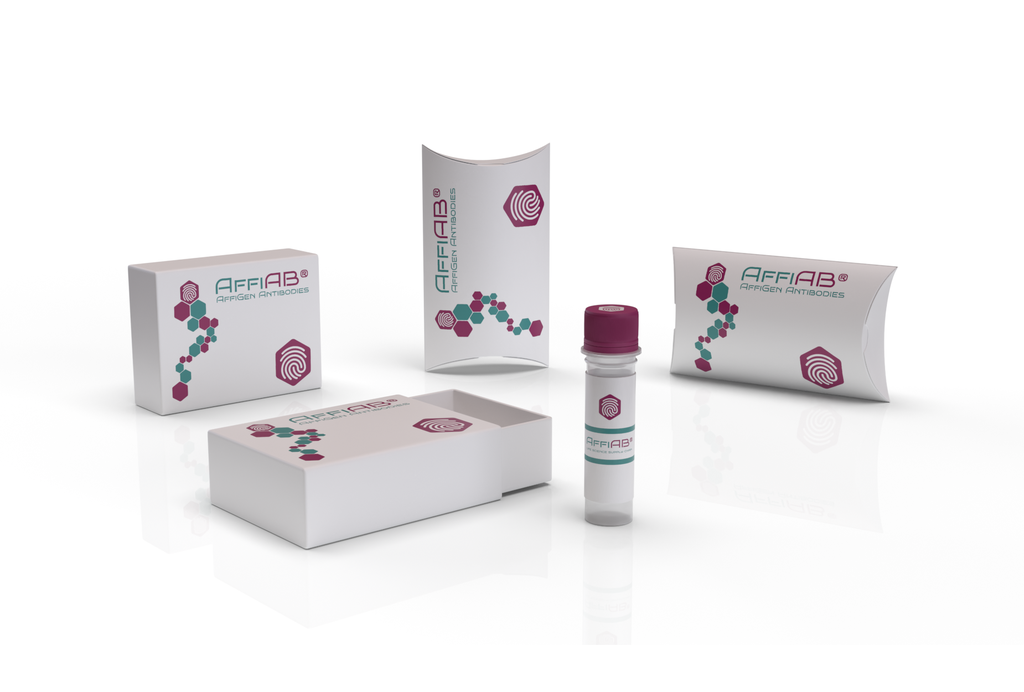AffiAB® Anti-EGR4 Antibody
Early growth response protein 4 (EGR-4) , also known as AT133, is a protein that in humans is encoded by the EGR4 gene. EGR-4 is a member of the early growth response (EGF) family of zinc finger transcription factors. Transcription factors EGR1, 2, and 3 also share an R1 domain, missing in EGR4, which can be bound by NAB proteins to prevent expression of EGR target genes. The EGR zinc finger motifs are designed to specifically recognize a 9 base pair consensus sequence (5′ GCG TGG GCG 3′) , with each finger spanning three nucleotides. A loss of Egr4 results in a block in spermatogenesis at the early-mid pachytene spermatocyte stage leading to a significant reduction in the number of spermatozoa produced. Additionally, Erg4-null spermatozoa show abnormal morphology such as separated heads and fragmented flagellum. The block also occurred during the first wave of spermatogenesis as apoptotic germ cells were present from 14 dpp onward. The importance of EGR4 for fertility in mammals has also been demonstrated in human males with cryptorchidism.
Antibody type
Rabbit polyclonal Antibody
Uniprot ID
SwissProt: Q05215 Human; SwissProt: Q9WUF2 Mouse; SwissProt: Q00911 Rat
Recombinant
NO
Conjugation
Non-conjugated
Host
Rabbit
Isotype
IgG
Clone
N/A
KO/KD
N/A
Species reactivity
Human, Mouse, Rat
Tested applications
IHC-P
Predicted species reactivity
N/A
Immunogen
Recombinant protein within mouse EGR4 aa 300-478 / 589.
Storage
Store at +4°C after thawing. Aliquot store at -20°C. Avoid repeated freeze / thaw cycles.
Form
Liquid
Storage buffer
1*TBS (pH7.4) , 0.2% BSA, 50% Glycerol. Preservative: 0.05% Sodium Azide.
Concentration
1 mg/mL.
Purity
Protein A affinity purified.
Signal pathway
N/A
Recommended dilutions
IHC-P:1:50-1:200
Molecular Weight
50 kDa
Subcellular location
Nucleus.
Positive control
Rat brain tissue, human colon tissue, mouse brain tissue.
